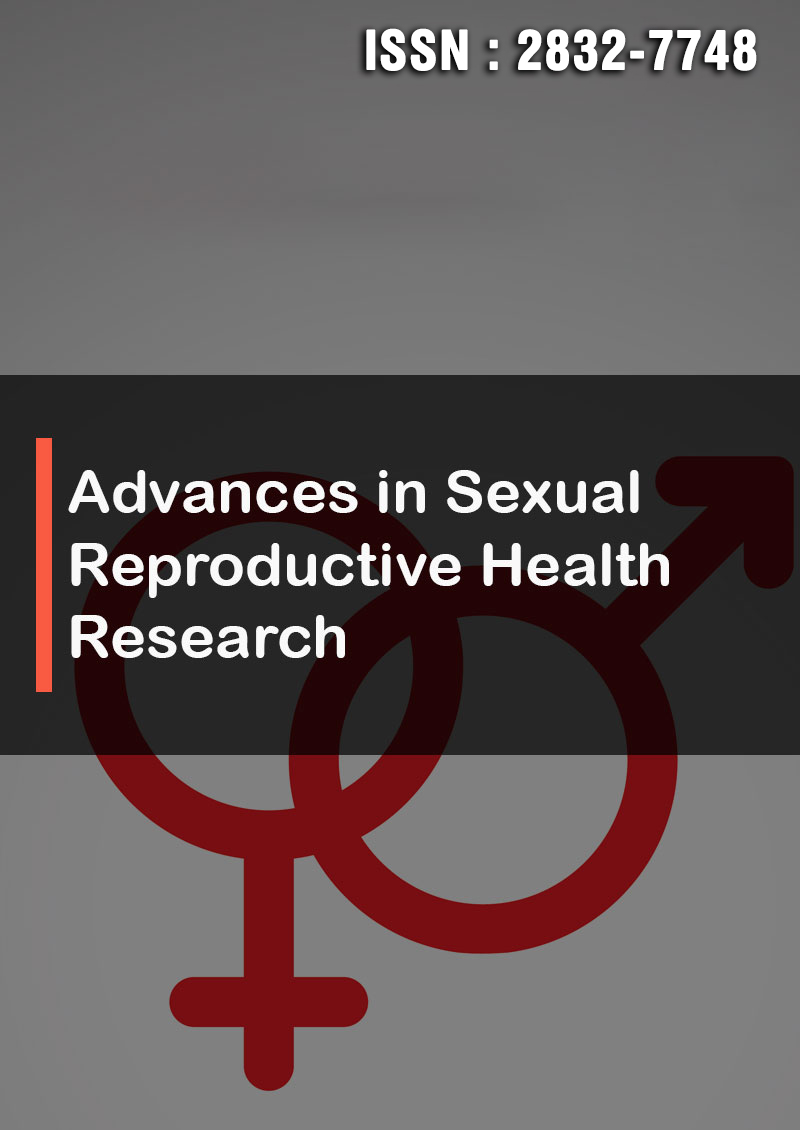Study of the Age Dependence of 30 Chemical Element Contents in the Female Mammary Gland Using Inductively Coupled Plasma Atomic Emission Spectrometry and Mass Spectrometry
Abstract
Vladimir Zaichick, Denis Dogadkin, Dmitry Tyurin, Valentina Shirokova, Nikolay Dogadkin and Vladimir Kolotov
Background The etiology of breast cancer remains largely unclear. However, it is well known that the incidence of this disease increases with age. In the presented work, for the first time, the age-related changes of 30 chemical elements: Al, As, B, Ba, Bi, Ca, Cd, Ce, Cr, Cu, Fe, K, La, Li, Mg, Mn, Na, Nb, Ni, P, Pb, Rb, S, Sb, Si, Sn, Sr, Ti, W, and Zn content in the mammary gland of women aged 16-60 years was investigated.
Methods A method based on inductively coupled plasma atomic emission spectrometry and inductively coupled plasma mass spectrometry was employed, which makes it possible to determine the mass fractions of these chemical elements in microsamples (mass from 10 mg) of breast tissue. With the help of this method, the material obtained during the autopsy of 38 practically healthy women aged 16-60 years who died suddenly was studied. Chemical element mass fractions were determined in two age groups of women: 16-40 and 41-60 years old.
Results Using the parametric Student's t-test and the non-parametric Wilcoxon-Mann-Whitney U-test to compare two age groups, as well as Pearson's correlation coefficients between age and chemical elements mass fractions, it was found that the K, Mg, Na, Rb, and S mass fractions in normal breast tissue decrease with age, while the As mass fraction increase.
Conclusion The first discovered phenomenon of age-related changes in the mass fractions of chemical elements in the normal mammary gland is of great interest for a more complete understanding of the age-related physiology and biochemistry of breast tissue and requires further detailed study.




